We’ve identified five of the most common tree diseases we see in the field and how best to treat them:
1. Tar Spot
Tar spot is a common fungal disease, most often found on maple trees, which arises in late spring and early summer. It is characterized by yellowish blotches or raised black spots that resemble a blob of tar on the leaves.
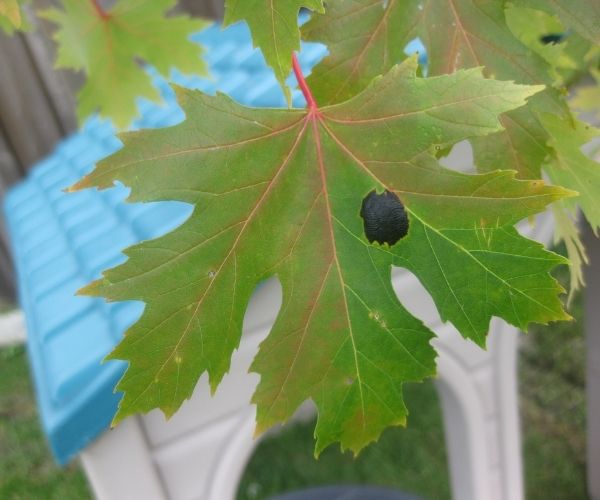
In most cases, tar spot is a cosmetic issue, but can cause minor stress if leaves aren’t able to fully photosynthesize (make food). Help manage this disease by disposing of infected leaves after they drop in the fall and maintaining regular care to help your tree combat minor stressors.
2. Powdery Mildew
Powdery mildew is a fungal infection characterized by a white, powdery substance on tree leaves that cannot be scraped off. Mildew spores typically develop in shadier locations where there is high humidity levels and low airflow.
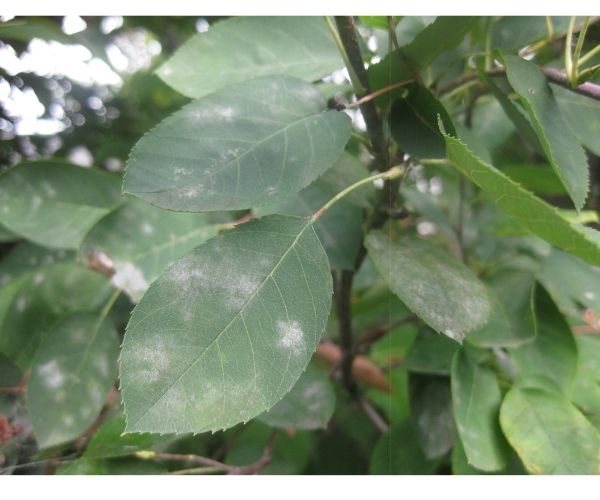
Although not aesthetically pleasing, it doesn’t pose a serious health risk to your tree, unless it is left unattended for multiple, consecutive years. Help reduce powdery mildew by providing your tree with ample sunlight and airflow. Consider pruning your tree or nearby trees/shrubs that might be creating shade and avoid overhead watering (such as sprinklers), as wet foliage can be prone to fungal diseases.
3. Leaf Spot
Leaf spot is a common disease that thrives in high humidity, warm temperatures and prolonged rainfall, which usually develops in late spring/early summer. Leaf spot is generally host-specific, characterized by spots on tree leaves (various shapes, sizes and colours) and defoliation (loss of leaves) over time.
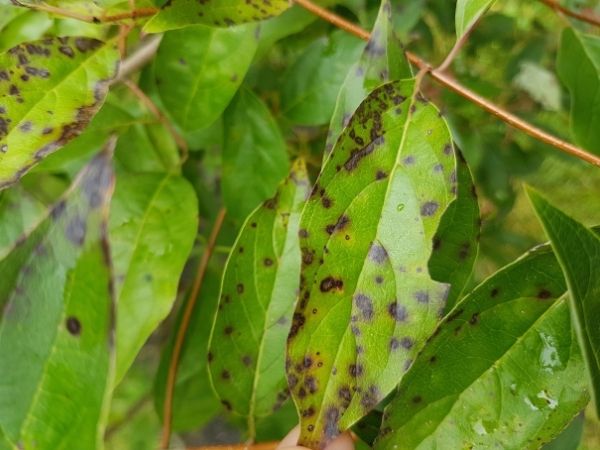
While leaf spot can weaken your tree by disrupting photosynthesis, it is often not a major, long-term health concern. Still, help prevent and reduce this disease by pruning your tree canopy to improve airflow, collecting and disposing of infected leaves in the fall and avoiding overhead watering.
4. Black Knot
Black knot is a common disease affecting trees in the Prunus genus, such as cherries, plums and chokecherries. It is characterized by swollen and discoloured branches that start off small and light brown, and grow into knot-like, coal-black growths.
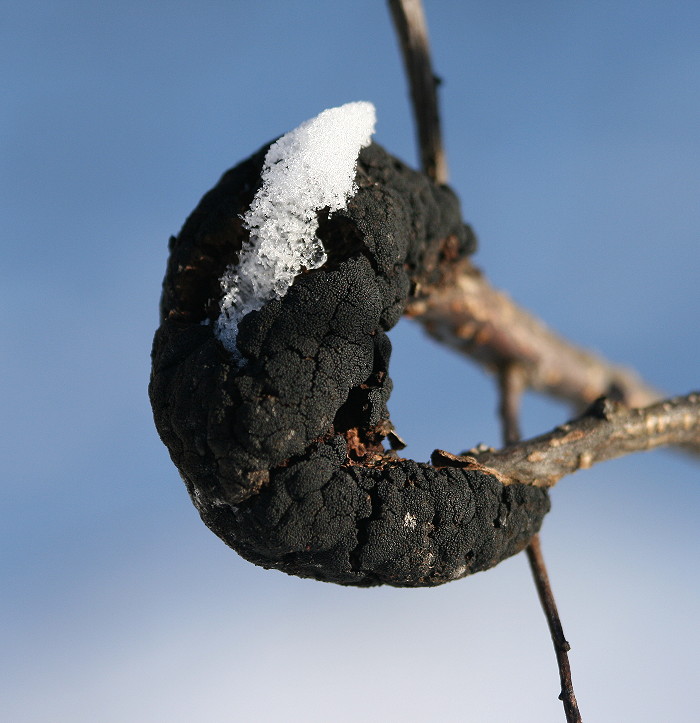
Black knot can grow each year causing girdling and dieback of branches or the trunk. If left untreated long enough, it can become fatal. The best way to treat black knot is to prune off any infected branches and/or twigs at least 10 cm below any visible knot. The knot could run deep, so removing that additional 10 cm is crucial!
5. Sooty Mold
Sooty mold is a fungal disease characterized by a black, velvety coating that resembles ash. It often develops on leaves that are covered in honeydew, a sticky substance typically produced by aphids or scale. The honeydew allows the fungi to live on the surface of the leaves, which then spreads through air currents and rain wash.
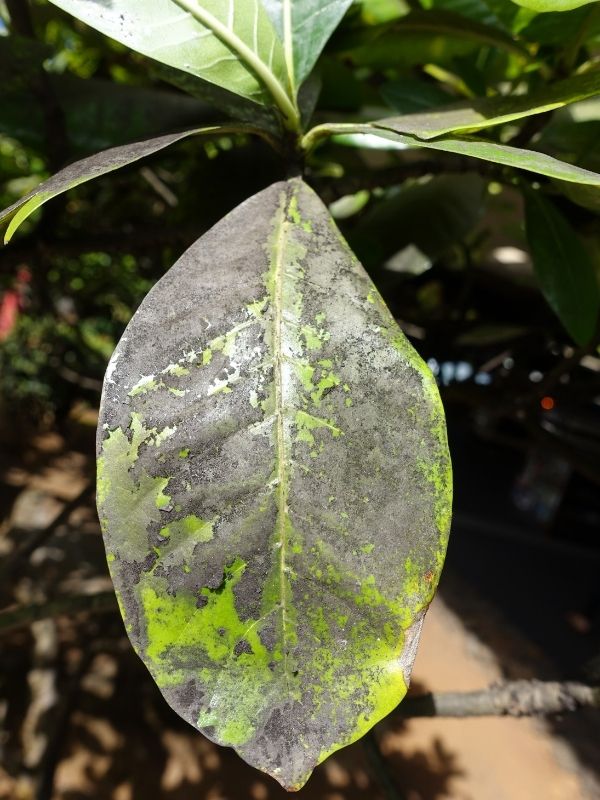
While sooty mold is unsightly, it is not a major health threat. Still, controlling honeydew-producing insects is the key to managing this disease. Remove insects by spraying tree leaves with a strong stream of water to knock them off the leaves.
Remember, trees become more vulnerable to disease when they are water and/or nutrient stressed. The best way to prevent disease is to maintain tree health and improve environmental conditions. Regular care and maintenance practices are especially important!
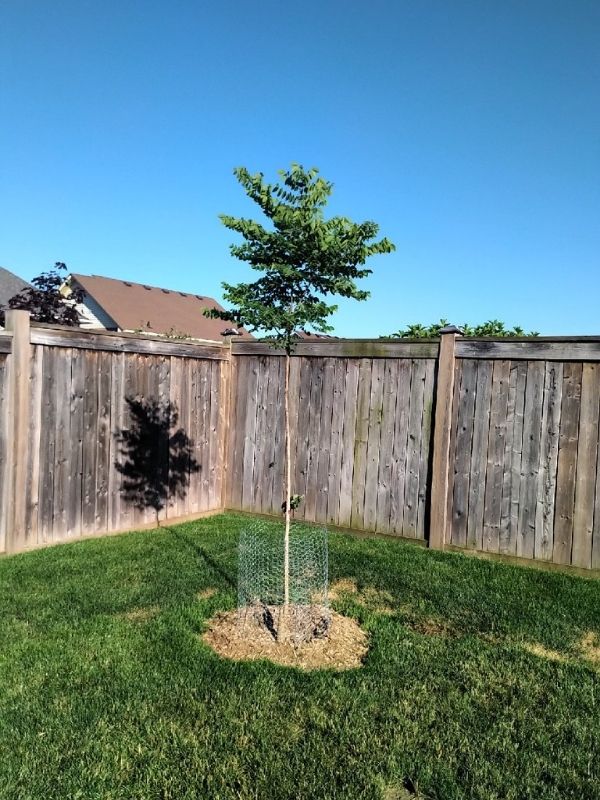
Diseases often enter trees through wounds cause by animal damage, lawn mowers, and/or improper pruning. Add a breathable, retractable tree guard and/or chicken wire fencing around the base to help prevent animal and mechanical damage to your young tree. If you are looking to prune your tree, consult the International Society of Arboriculture (ISA) through Trees Are Good or contact an ISA certified arborist to complete the work for you!
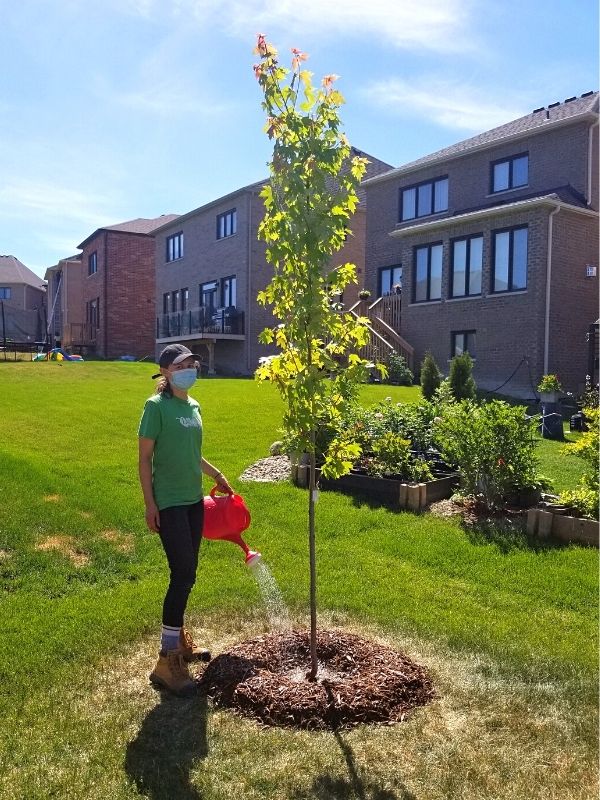
If your tree is affected by a pest, check out our blog on common tree pests. If you’ve had a tree planted through one of LEAF’s Residential Planting Programs and are concerned about its health, please visit our website for more information.
Adriana Rezai-Stevens is the Residential Planting Programs Coordinator at LEAF.
LEAF offers a subsidized Backyard Tree Planting Program for private property. The program is supported by the City of Toronto, the Regional Municipality of York, the City of Markham, the Town of Newmarket, the Regional Municipality of Durham, the Town of Ajax, the City of Oshawa, the City of Pickering, the Township of Scugog, the Town of Whitby, Ontario Power Generation, Ontario Trillium Foundation and GrandTrees/Canadian Trees For Life.
